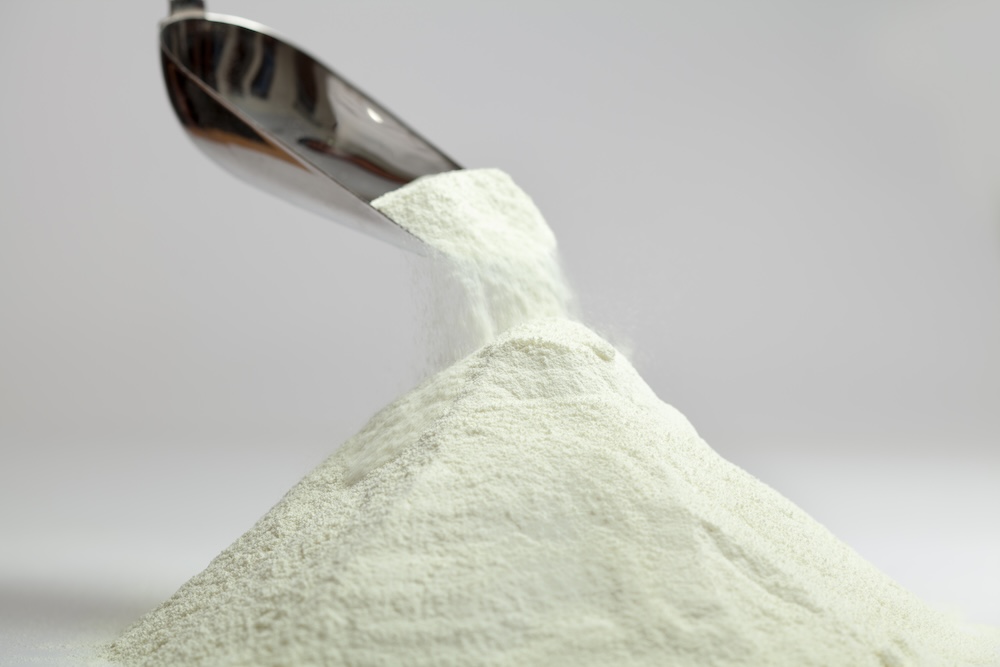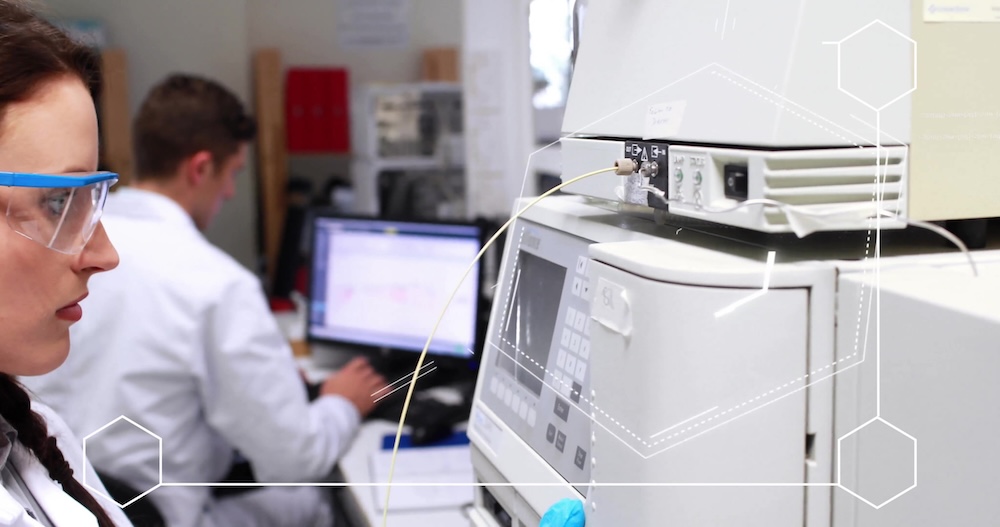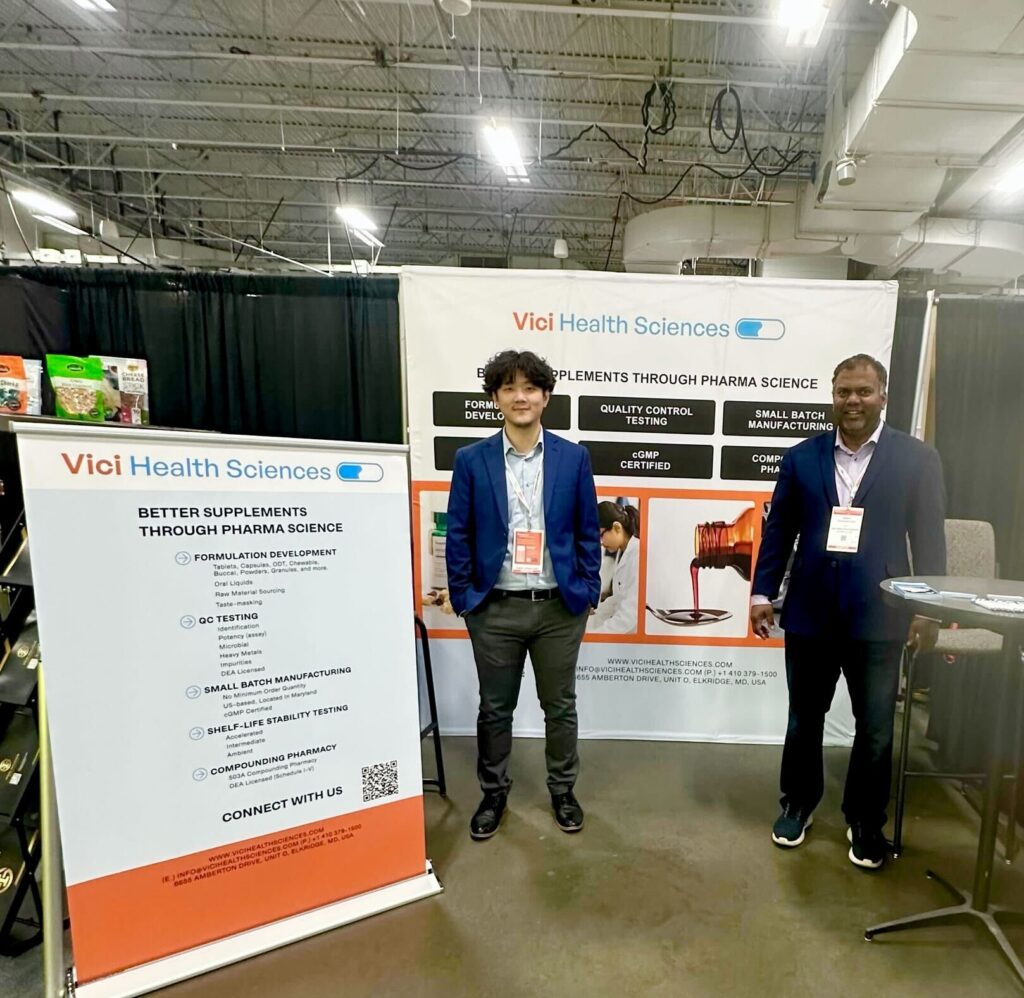In drug development, IND enabling studies serve as a vital link between drug discovery research and the start of human clinical trials. These studies are used to compile evidence which shows a New Chemical Entity (NCE) is safe and effective before it is tested on people. Generally, they are also needed for 505(b)(2) product development, especially when a new product is developed for an alternate route of administration.
Overview of IND Enabling Studies
Before conducting clinical trials in humans, drug developers must submit an Investigational New Drug (IND) application. This application may need to include results from nonclinical studies, known as IND-enabling studies.
Importance of IND Enabling Studies
The primary goal of IND-enabling studies is to provide the data necessary to demonstrate the safety of a drug to regulatory authorities, such as the FDA. These studies help:
- Predict Potential Side Effects: They pinpoint possible adverse effects the drug might have, ensuring that risks are understood early on.
- Estimate Starting Doses: The data collected allows researchers to determine safe starting doses for clinical trials, which minimizes risks for participants.
- Determine Safe Dosing Ranges: These studies provide insights into how the drug behaves in the body, helping to establish safe dosing ranges for further testing.
Key IND-Enabling Studies
IND enabling studies fall into a few key categories that are essential to the drug development process:
- Drug Metabolism and Pharmacokinetics (DMPK)
DMPK studies examine how the body absorbs, distributes, metabolizes, and eliminates (ADME) a drug. Understanding these ADME properties is important for predicting how the drug will behave in humans and optimizing its chemical structure during development.
DMPK studies begin with in vitro tests such as:
- Physicochemical properties analysis: This assesses solubility, stability, and permeability, which are vital for drug absorption.
- Permeability assays: Techniques such as Caco-2 cell assays help determine how well the drug can cross intestinal barriers.
- Drug-drug interaction (DDI) assays: These studies evaluate how the drug may affect or be affected by other medications.
- Protein binding assays: Understanding how a drug binds to plasma proteins can influence its distribution and efficacy.
- Metabolic stability assays: Researchers often conduct these tests using liver microsomes to identify how quickly a drug is metabolized.
After in vitro assessments, researchers perform in vivo studies in animal models which closely resemble human physiology to confirm the findings from in vitro tests and provide a better understanding of a drug’s ADME characteristics. In vivo DMPK studies may include:
- Mass balance studies: These determine how much of the drug is absorbed and how it is distributed throughout the body.
- Pharmacokinetic studies: These studies measure the rate of ADME of small molecules in live subjects.
- Quantitative whole-body autoradiography (QWBA): This method shows where the drug goes in various tissues.
- Metabolite identification: Understanding the metabolites formed can provide insights into the drug’s safety and efficacy.
- Toxicology
Toxicology studies evaluate the safety profile of drug candidates. These are essential for identifying potential adverse effects and determining safe dosing ranges to ensure patient safety during clinical trials. These studies include:
- Acute toxicity studies: This information is obtained by dosing two mammalian species and understanding the effect on the body. It is performed by using the clinical and a parental route of administration
- Dose Ranging Studies: These studies are performed in two different mammalian species to identify the maximum tolerable dose (MTD) and extrapolate the data to humans. Often these acute toxicity studies and dose ranging studies are performed together
Repeat-Dose Toxicity Studies: These studies evaluate the effects of repeated drug administration over time, helping to identify target organs and establish the No Observed Adverse Effect Level (NOAEL).
- Local tolerance study: Depending on the intended route of administration, a local tolerance study may be required by the FDA. This would generally consist of a local irritation study in the best suited mammal model. For example, for a topical formulation, pigs (due to their skin characteristics) are the selected animal of choice to study local tolerance.
- Genotoxicity Testing: These tests assess whether a drug can damage genetic material, potentially leading to mutations or cancer.
- Bioanalysis
Bioanalysis focuses on identifying and quantifying drugs and their metabolites in biological matrices such as blood and plasma. This process ensures the accuracy and reliability of pharmacokinetic data, which is essential for evaluating a drug’s safety and efficacy.
FDA’s guidance on bioanalytical method validation establishes standards for drug developers to ensure the quality of their bioanalytical data. Validated methods are necessary for conducting tissue sample analyses and collecting data relevant to pharmacokinetics and immunogenicity assessments.
Planning for IND-Enabling Studies
Planning for IND-enabling studies is a detailed process that requires careful attention, especially when developing validated methods that meet FDA guidelines. Getting this right is important because it ensures that the data is reliable and supports the drug development process.
Early preparation can speed up the process, as it typically takes several months to complete these studies and prepare the IND application. Key steps include:
- Understand the Drug Target: Define the therapeutic target and intended use.
- Identify Necessary Safety Studies: Determine required studies, including pharmacology, toxicology, and chemistry, manufacturing, and controls (CMC).
- Select the Right Testing Partner: Collaborate with experienced CDMO partners to enhance efficiency and ensure comprehensive study execution.
- Schedule Pre IND Meetings: Engage in meetings with regulatory authorities to get feedback and ensure study designs meet their expectations.
- Develop Analytical Methods: Qualify phase appropriate methods and produce drug batches for testing.
- Conduct Safety Assessments: Perform genotoxicity, repeat-dose toxicity, and safety pharmacology studies.
- Compile Data and Submit IND: Gather results and prepare the IND application for regulatory submission.
Vici’s Proven Expertise
IND-enabling studies are crucial for moving from preclinical development to clinical trials, as they are one of the key checkpoints along the path to FDA approval. This stage is important because it gives developers the chance to closely review every detail of the new drug product, making sure—through solid data and evidence—that it has real potential for helping patients while keeping their safety in mind. Additionally, robust IND enabling programs are important for getting the green light from regulators and setting your project up for success.






